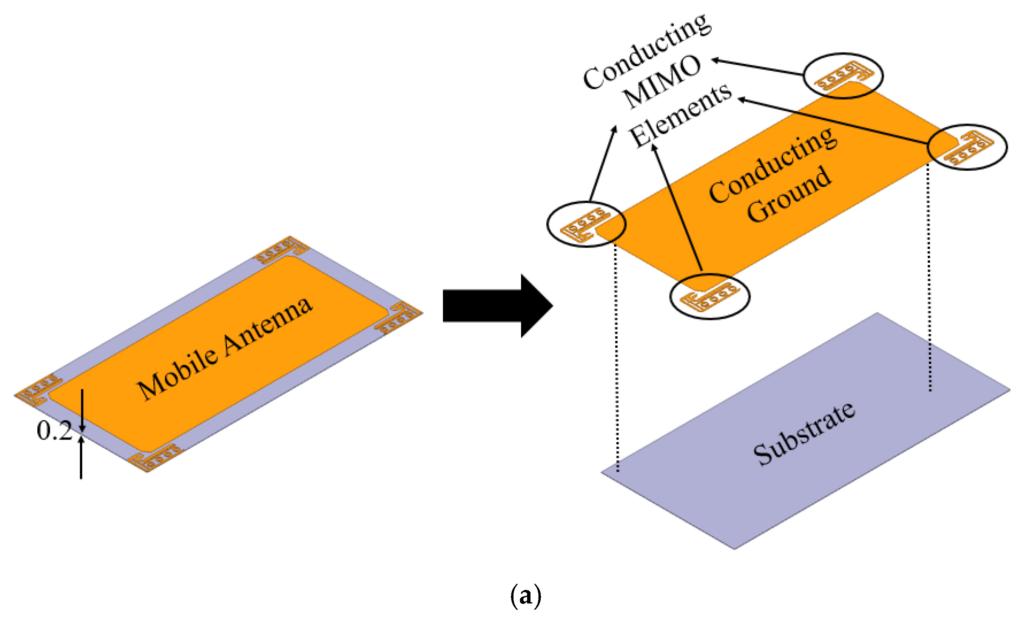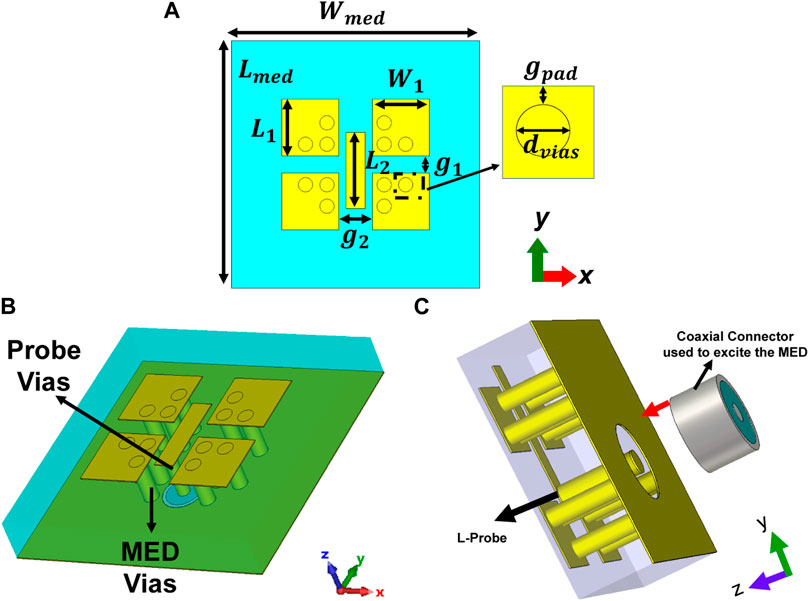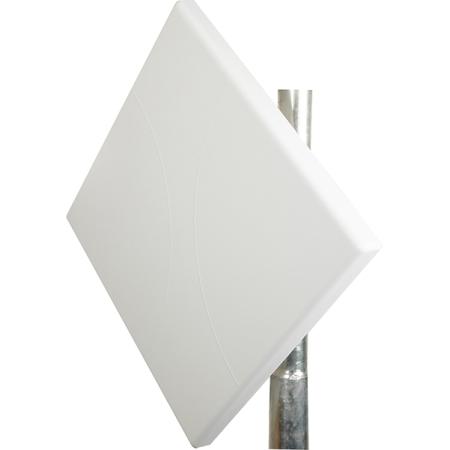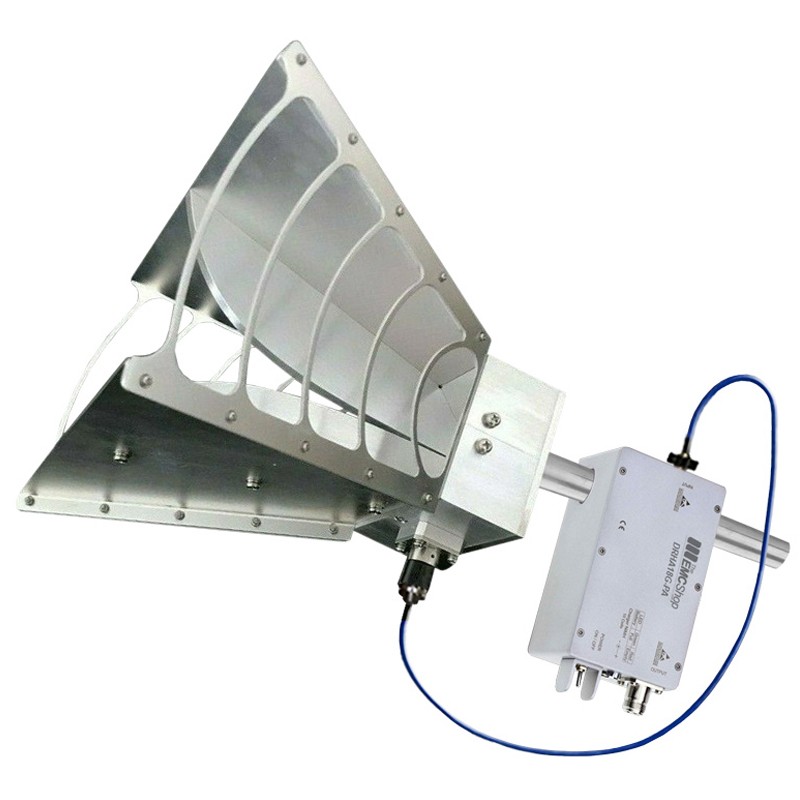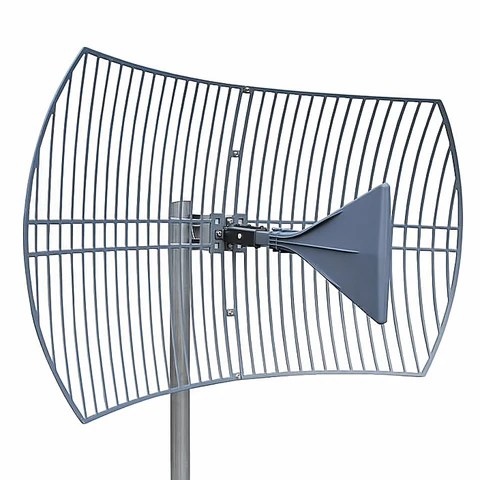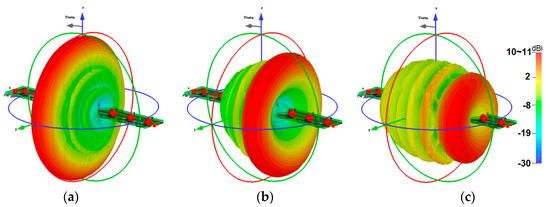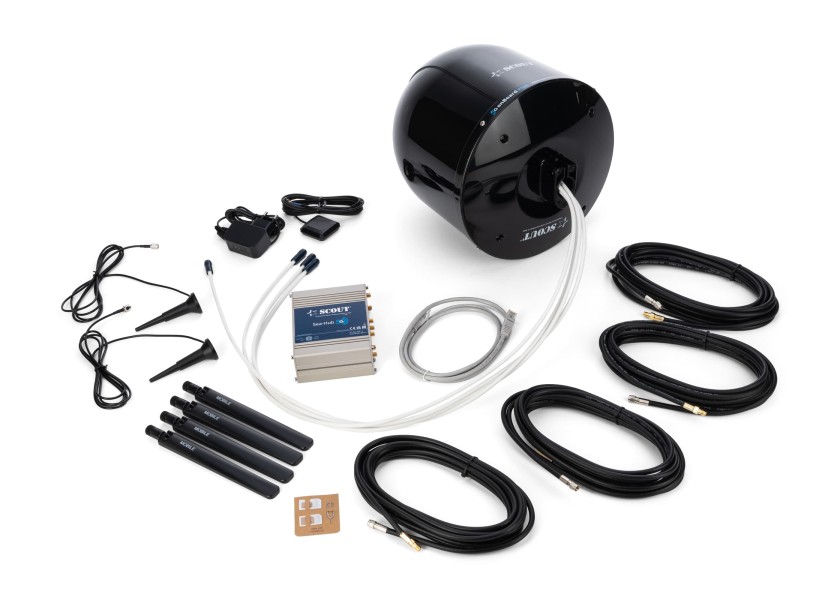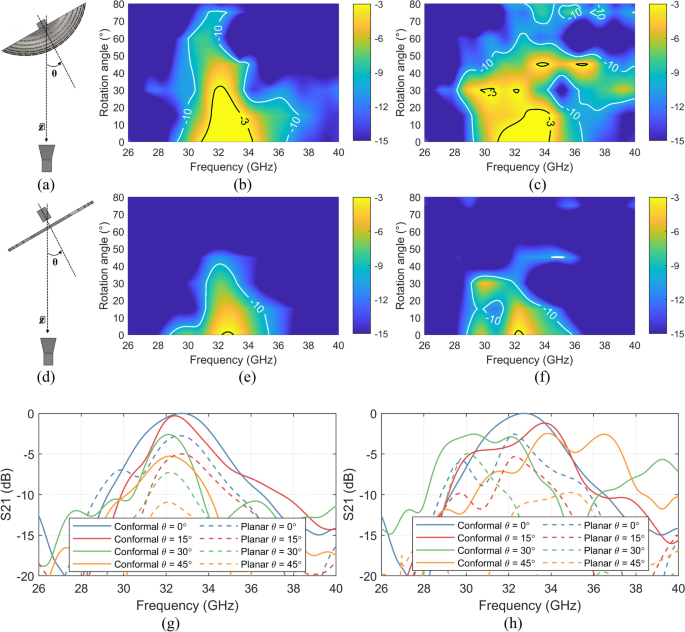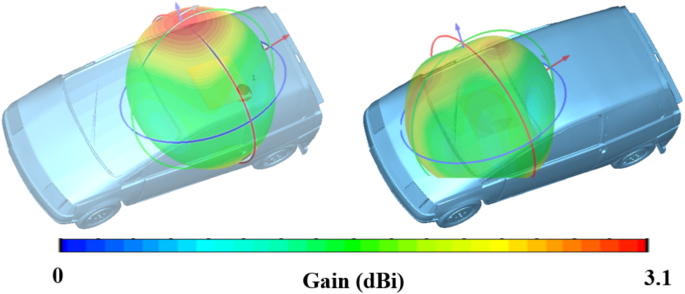Why 4-Port Antennas Are Essential for MIMO Technology
4-port antennas are essential for MIMO technology as they enable simultaneous data transmission across multiple streams, improving throughput by up to 100% compared to single-antenna systems. They support spatial multiplexing and diversity gain, enhancing signal reliability and network capacity in modern wireless communications. Four-stream Concurrent Speed Boost Last year, engineers at the International Telecommunication Satellite […]
Why 4-Port Antennas Are Essential for MIMO Technology Read More »

